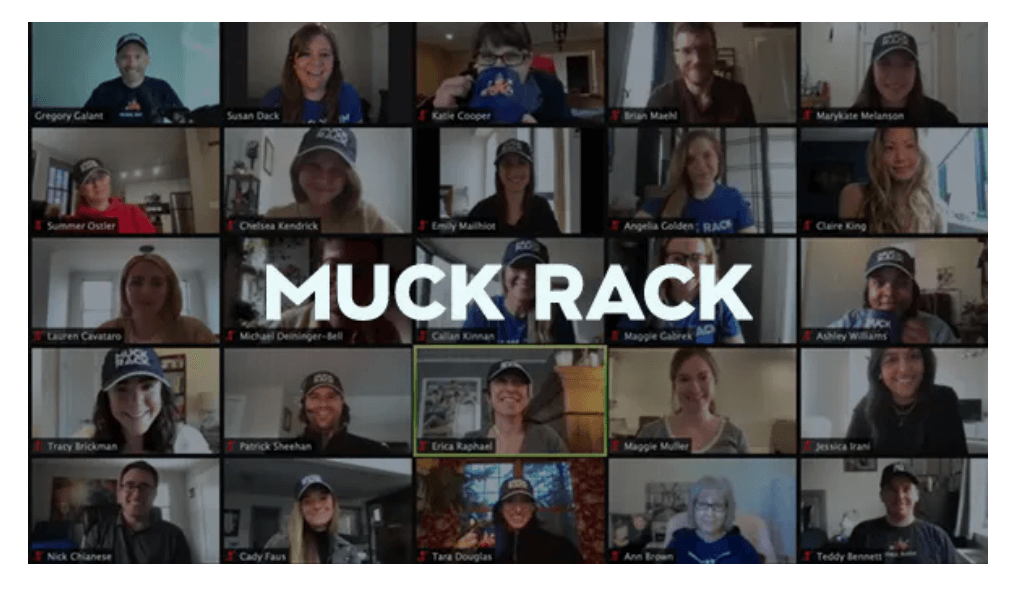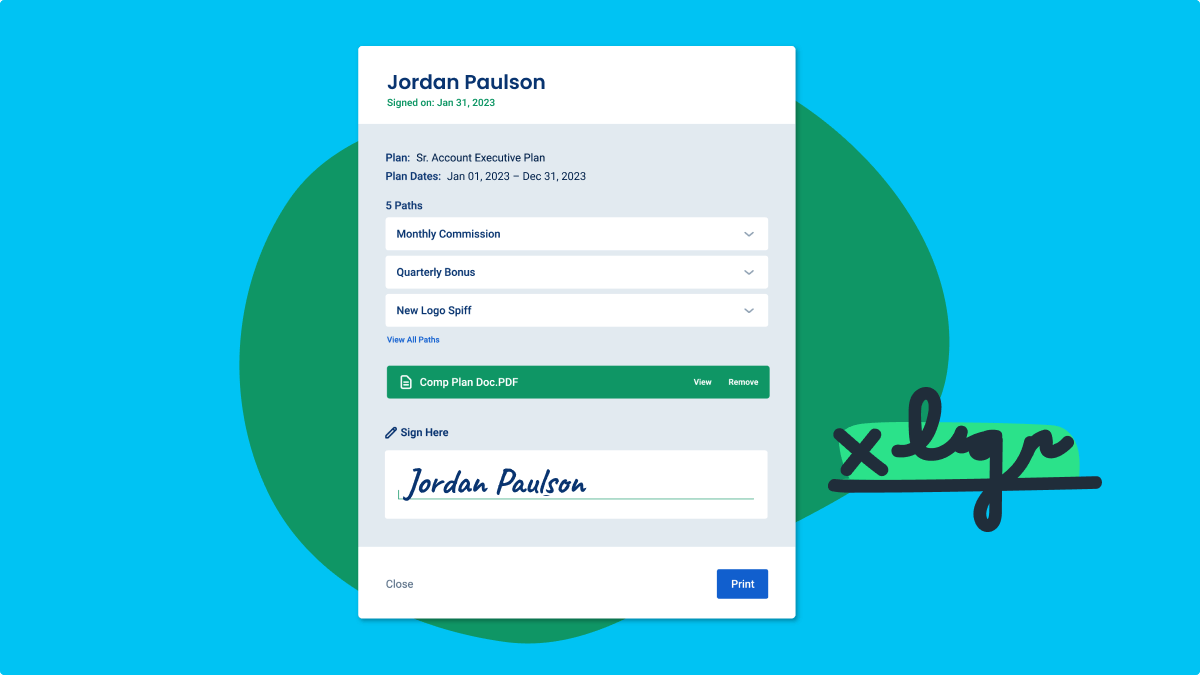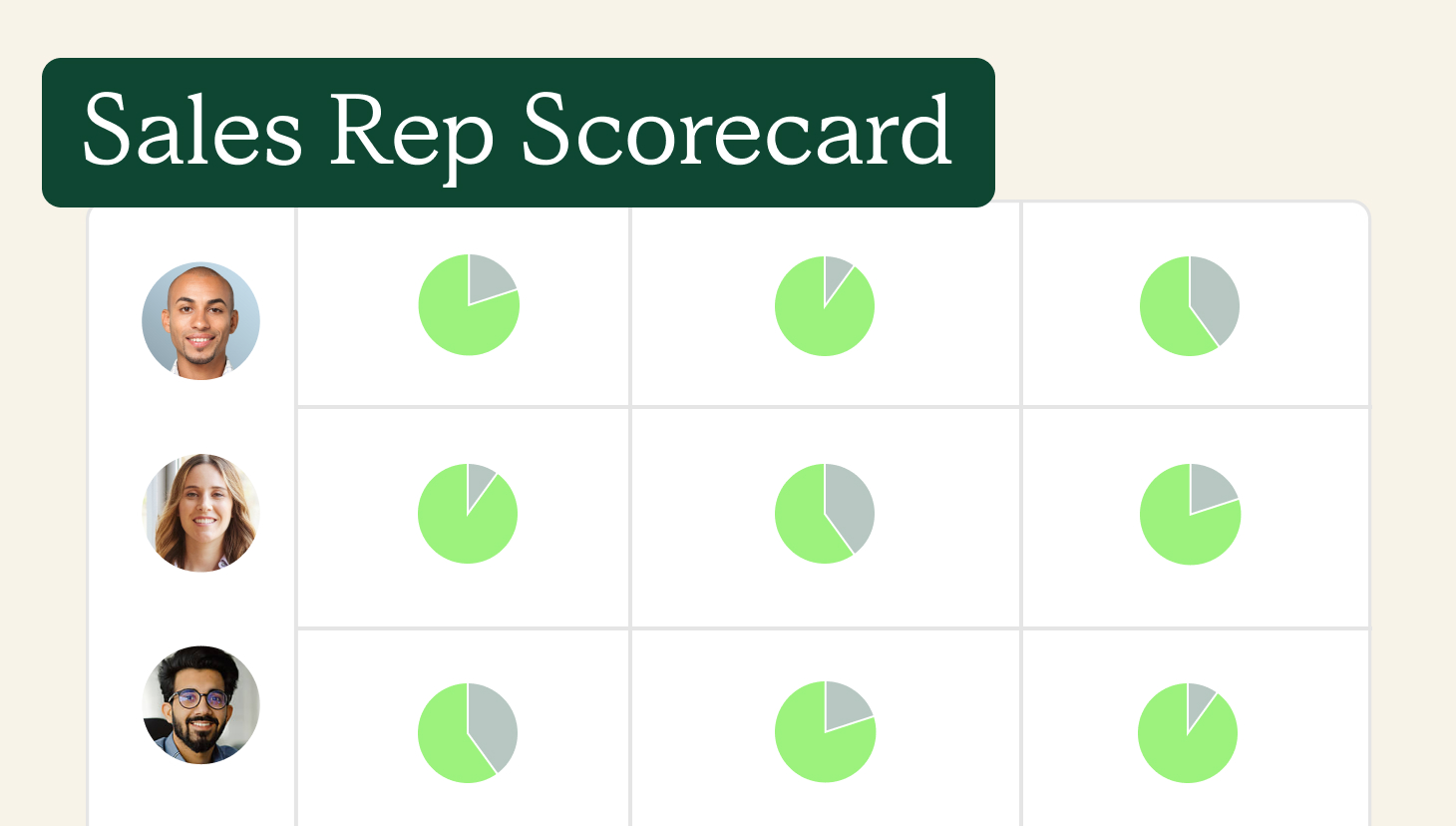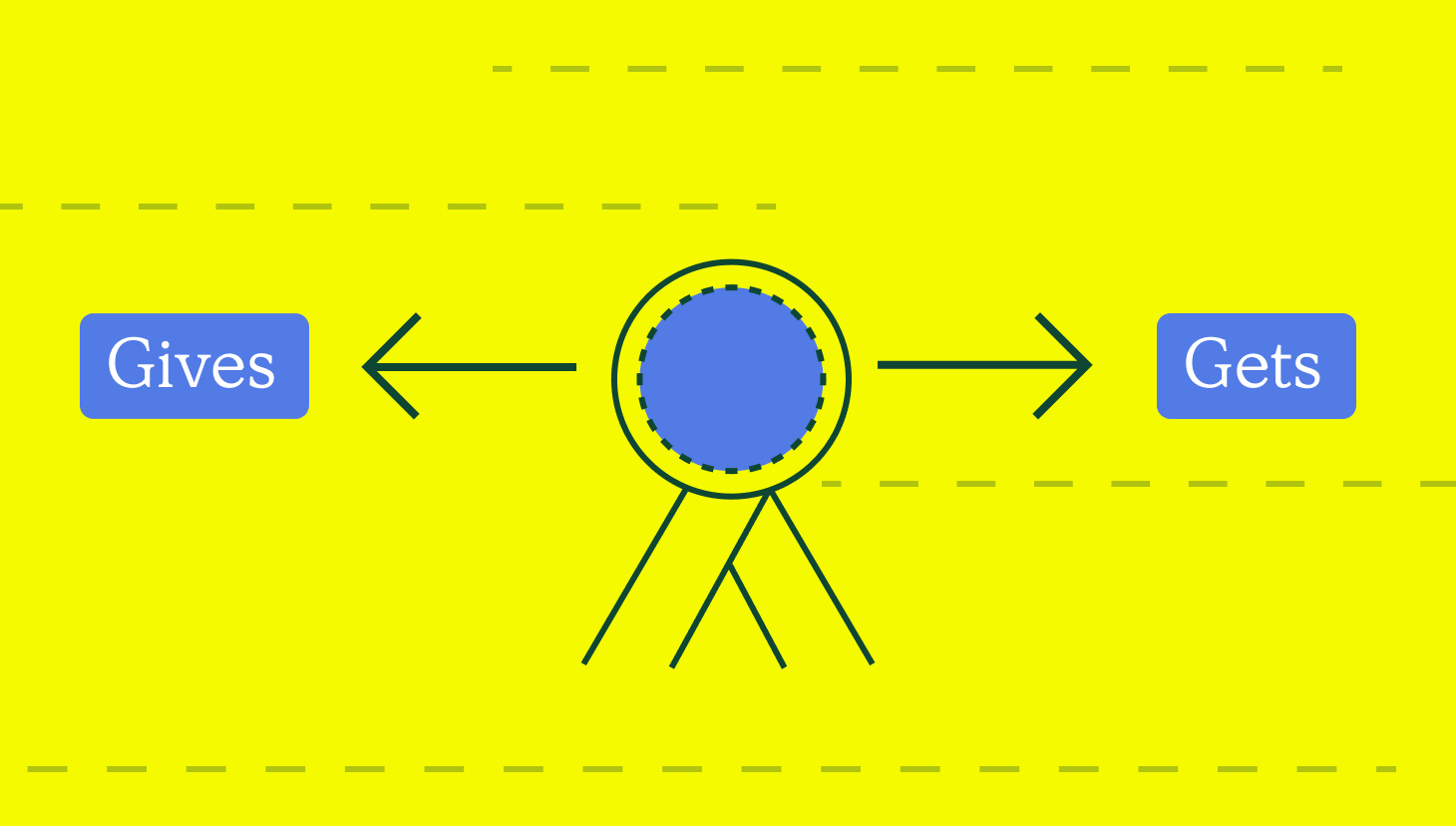A new year often brings new sales compensation plans.
And, the perfect time to share compensation changes is often during your sales kickoff (SKO).
Sales kickoffs happen annually and provide organizations with an opportunity to communicate their business strategy and motivate their sales team. Most leaders also use this time to share the new year’s comp plan design and explain the changes and drivers behind it.
By sharing the “why” behind what’s new and how it will help them and the organization make more money, you build rep buy-in, excitement, and understanding. Looking at it another way, a sales compensation plan is like a blueprint for building a sales pipeline. It shows budding salespeople exactly how they’ll make money.
Reversely, when communicated poorly, you risk confusing and frustrating reps — some of whom may actually quit.
“Rolling out the sales comp plan is a big moment,” said Mark Roberge, Managing Director of Stage 2 Capital. “I’ve been on the recipient side of a mass exodus, where 10 amazing salespeople from a particular company came to me with job applications.”
The above can happen when companies fail to provide the math behind compensation design.
Instead of educating reps and giving them space to ask questions, leaders announce the changes and immediately ask for rep signatures on their new commission agreements.
Below, we dive into commission agreements, why getting that rep signature is imperative, and how to do it more effectively and seamlessly.
What are commission agreements?
Sales commission agreements act as a contract between an employer and an employee for work paid on commission. They also define the details — or rules — of how and when reps earn commissions and payout periods.
Download our free commission agreement template here.
One of the most important parts of communicating the new commission agreement requires a rep’s signature. This step solidifies that all parties are on the same page. (Also, in California and New York, this step is required by law.)
But before you send a mass email with your commission agreement PDF attached for signature, you should first make sure your reps have a clear understanding of their comp plan.
Here are some best practices from an example compensation communication plan:
1. Educate management
Before rolling out a new plan to the sales team, start by introducing the plan to all of management. Explain the changes, how they will help the company and how they will affect the sales team. Be thorough. Also share any documents, calculations, and FAQs that help demonstrate and support these changes.
2. Review the plan and begin the rollout process
The VP of Sales or the senior sales manager should introduce the comp plan to the sales team as a high-level review. Use this time to energize and engage the sales team. After the meeting, send a follow-up email recapping the session with additional documents, calculations, and FAQs, that will help the team visualize the upcoming changes.
3. Review the plan…again
After the VP of Sales or the senior sales manager sets the tone for this new plan, now it’s time for each manager to review the plan with their individual teams. Explain to the team how this new plan will impact them. And once again, send out documents. But this time, break down the calculations so that the team can see how they would perform under the current plan based on their current performance.
4. Schedule one-on-ones with each rep
After sales managers meet with their individual teams, they should meet with each person on their team. This gives the reps a chance to ask questions or raise concerns in private. It also provides an opportunity for the manager to build transparency and trust in their relationship. Once the meeting is over, you can follow up or recap the conversations via email, phone, or private chat.
5. Verify the plan
Now, you’re ready for rep signature. This step, a mandatory step in some states, confirms alignment and understanding between the rep and the organization. Even if your state doesn’t require it by law, you should introduce this practice. It protects the business and the rep should a discrepancy arise.
You can run this process manually, or you can use QuotaPath’s in-app feature, Plan Verification.

Automated plan distribution
Check out how this Finance leader saved 2-3 hours by automating rep signature of comp plans using QuotaPath.
Read the full storyAutomate sales comp plan rep signature
In QuotaPath’s Plan Verification tool, managers or admins can upload comp plan documents and distribute them to the reps via email.
As reps go into the platform, review and sign off on the new commission agreements, admins will see the verification completion statuses directly from the plans page view.
Then, you can store and access all of the plans in QuotaPath for future reference.
See below.
Making sure that you and the rep are on the same page and ultimately getting them to sign the new plan quickly is easier with QuotaPath. Our Plan Verification shows reps how to earn commissions and creates transparency across the comp planning process.
See this feature, along with our full commission tracking software and integrations, in a custom demo with a member of our team.



